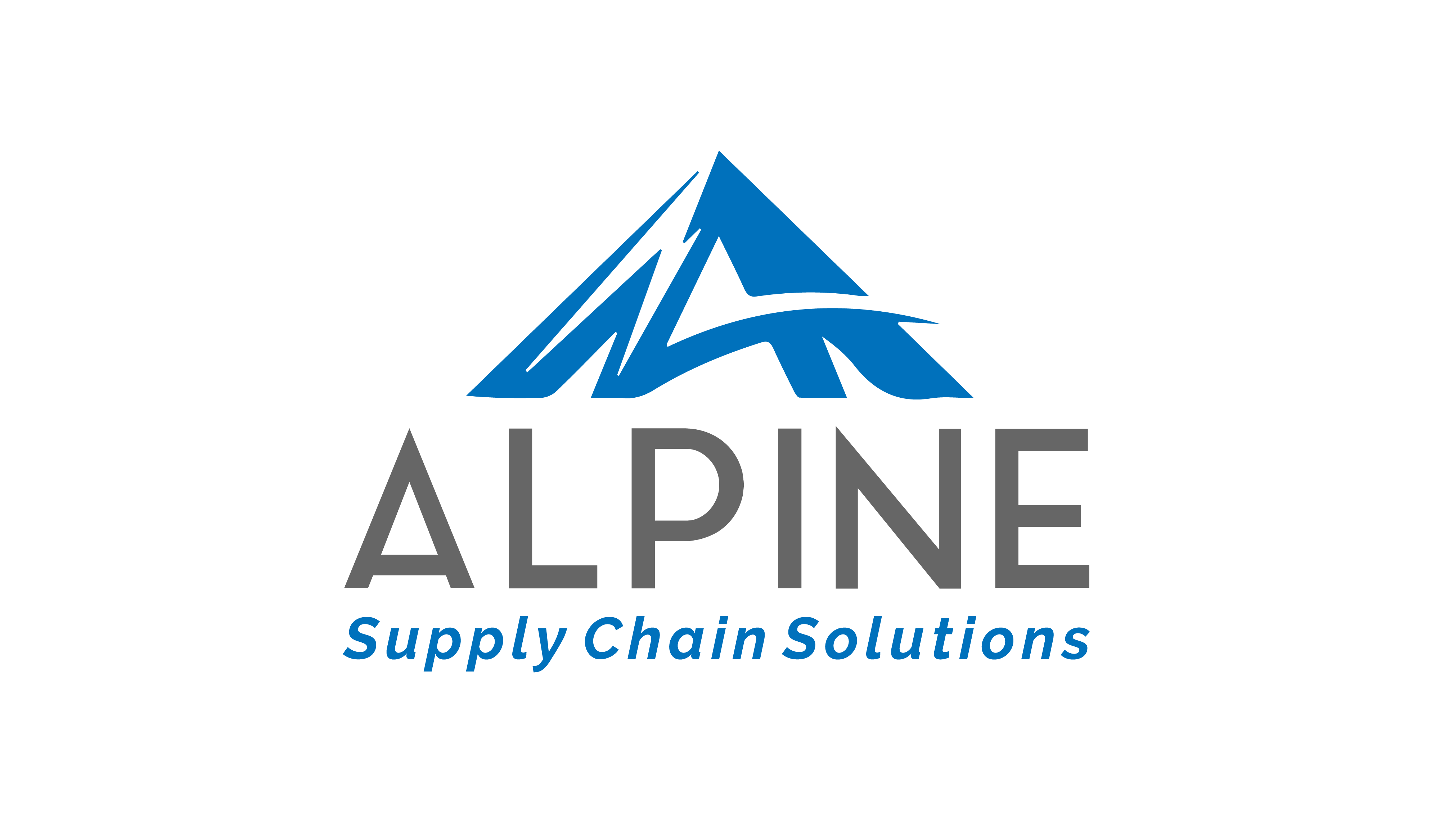
WMS and LMS – Options for Optimal Implementation
When it comes to deploying warehouse management systems (WMS) and labor management systems (LMS), the most common approach is to start with a WMS and then add an LMS when needed to create additional labor cost savings.
However, a growing number of organizations are finding it a best practice to implement a WMS and LMS at the same time—especially when opening new facilities without legacy operational systems in place. There are also some circumstances where it may make sense to start with an LMS.
Here’s a breakdown of the benefits of each approach:
Start with a WMS and then add an LMS
Most supply chain businesses start with a WMS. A WMS provides a broad solution to meet the wide range of needs within warehouse operations – inventory control, order fulfillment, etc. – making it the logical starting point for automating and optimizing processes.
As the operation scales and becomes more advanced, adding an LMS is a natural next step. The greater the size and complexity of the site or network of sites, the greater the need and the stronger the justification for both WMS and LMS.
These solutions work together to help address labor market challenges and other pressing issues facing warehouse operators. For instance, the WMS will improve inventory control, reduce shrinkage, and reduce order and shipment errors. Meanwhile, the LMS will improve employee interaction (coaching) and employee rewards (compensation) as well as drive increased labor productivity and retention.
Organizations that start with a WMS can improve overall operational processes—how you do the work within the facility, such as system-directed put away and replenishment tasks. Additionally, saving the LMS implementation for phase two helps the organization better absorb the operational changes and avoid overload—from the C-suite to the associates on the floor. Once the WMS is fully functioning, an LMS can then improve operational processes, generate labor cost savings and build a culture of measurability and accountability.
These days, integrating an LMS into an existing WMS is a standard process in which most combinations are either pre-existing or can be configured quickly. Most WMS and LMS are now deployed as “software as a service” (SaaS) solutions in the cloud, making deployment and integration even easier.
While many operations have gotten by with just a WMS in the past, new warehouse automation and robotics have increased the need for an LMS. Customers recognize that using advanced automation in part of the operation will reduce labor costs, but the total value is not captured unless an LMS is utilized for the remaining workforce – both for those interacting with the automation and those still in traditional roles.
In general, the higher the labor headcount—both total count and per-shift count—the greater the need will be for an LMS. And the higher the dollar value and order value of the inventory, the more sense it makes to add an LMS to the WMS.
Implement a WMS and LMS simultaneously
Implementing a WMS and LMS together is an increasingly popular choice, especially in cases where organizations are opening new facilities and creating processes from scratch. The biggest benefit of implementing the WMS and LMS together is that the operation will go through a single large transformation with one major change management program and IT effort to put a broad operational solution in place.
There’s also an opportunity to take a crawl, walk, run approach, in which the LMS portion of the project can be deployed in stages and fully ramped up over time while still generating instant operational benefits. That can mean launching the LMS at the same time as the WMS, but starting only with reasonable expectancy analysis where employees are compared to each other to see who’s picking the most and who’s picking the least. That data can then trigger coaching conversations.
Once employees get comfortable with the idea that their performance is being observed and they’re receiving feedback on it, the organization could deploy engineered labor standards via the LMS so employee performance is measured relative to what the work should take based on an engineering assessment.
The final step could be to deploy incentives, variable compensation for the associates that exceed the standards, and recognition programs. That’s an effective way to ramp up the use of the LMS over time while getting instant benefits starting with phase one.
Start with an LMS and add a WMS
There are only a few use cases that make sense for this approach, which is why it is not often used.
Organizations that start with an LMS typically are looking for speed to value – generating real savings in the form of reduced labor costs and then using those savings to help fund a new WMS program. Given that the ramp-up time for an LMS is typically much shorter than for a WMS, and that an LMS can begin paying ROI dividends in the form of reduced labor costs almost immediately, there are compelling arguments to be made for this approach.
But LMS-first would make the most sense for organizations that need to replace an outmoded existing WMS. The downside: the new LMS would first require integration to that legacy WMS and then another integration effort when the new WMS is implemented. But for organizations that have been limping along with a legacy WMS system for decades, it is a possible path forward.
LMS-first also can be a beneficial approach for organizations transforming the operational model for existing facilities. For example, if a traditional wholesale cases-and-pallets operation adopts a unit-picking model in a shift to e-commerce fulfillment, implementing an LMS first can drive the hard savings associated with labor, and that money can then be used to further fund the transformation.
LMS is an increasingly essential operational component
Whichever implementation order makes the most sense for a given organization, one thing holds true: An LMS is an essential component of the modern warehouse operation, maximizing the productivity of the associates who work there, increasing retention, and generating significant ongoing ROI.
This blog post was written in conjunction with TZA.



